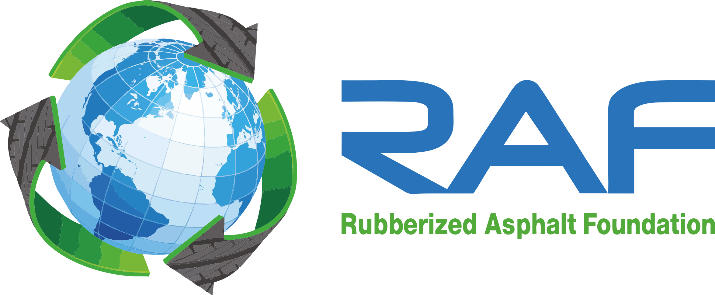The experimental investigation described in this paper refers to the assessment of
the relationship between morphology of crumb rubber particles and viscosity of
corresponding asphalt rubber binders. Analyses were carried out on crumb rubber products
derived from ambient, cryogenic and high pressure waterjet size-reduction processes. Asphalt
rubber binders were prepared with a common base bitumen and crumb rubber dosage. An
innovative technique based on the combined use of microscopic observations, image analysis
algorithms and three-dimensional particle models was developed for the quantitative
evaluation of the morphological characteristics of crumb rubber. Viscosity tests were carried
out on binders in a wide temperature range at a given shear rate. Results of morphological
analyses were coherent with each other and totally compatible with the information regarding
production processes. A clear viscosity ranking of asphalt rubber binders was established,
highlighting the peculiarities of different types of crumb rubber. A prediction model was
proposed which shows the dependency of viscosity on the morphological characteristics of
crumb rubber. The model proved to be statistically sound and in agreement with the
interaction phenomena which occur within asphalt rubber binders.
